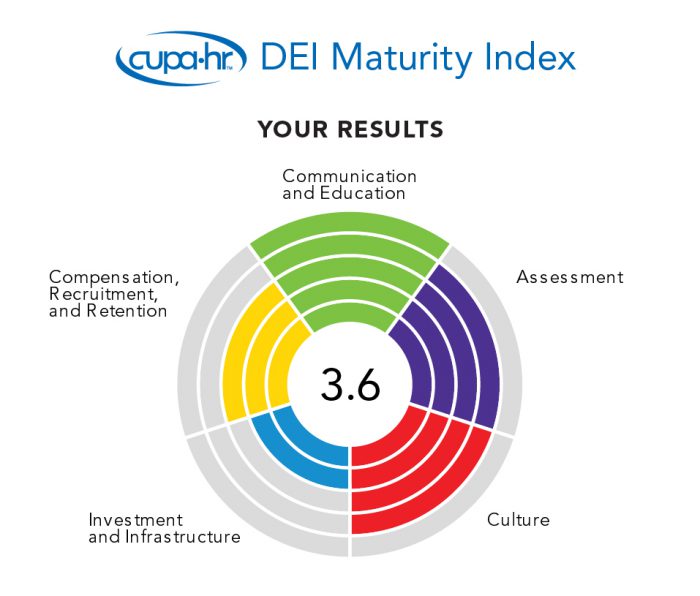Let’s dive straight into the heart of medicare income limits 2024. It’s a topic that can feel like Navigating through a dense fog, but clarity awaits for those who persist. Understanding these limits is crucial, as exceeding them can result in an IRMAA surcharge on top of your regular Medicare premiums. Navigating the shifting landscape of this year’s financial adjustments might just surprise you with its impact on your finances. The IRMAA determination is based on your income from two years prior, so it’s important to plan ahead and consider how your retirement income may affect your Medicare costs.
You’ll walk away with an understanding of how gross versus adjusted incomes play pivotal roles in determining your premiums. We’ll shed light on the mysteries of Modified Adjusted Gross Income (MAGI) and its impact on Medicare Part B and D costs. If your MAGI exceeds certain thresholds, you’ll be subject to IRMAA premiums, which can significantly increase your Medicare expenses. Wrapping up, the idea of effortlessly controlling your healthcare spending will suddenly become crystal clear. By staying within the income limits, you can avoid the IRMAA surcharge and keep your Medicare costs more manageable.
This guide promises to equip you with essential knowledge about navigating Medicare costs efficiently, making informed decisions easier than ever before. Additionally, if you qualify for a low-income subsidy, you may be able to get help paying for your Medicare premiums and out-of-pocket costs.
Understanding Medicare Income Limits for 2024
Gross vs. Adjusted Gross Income
When it comes to Medicare in 2024, knowing the difference between gross income and adjusted gross income (AGI) is crucial. Think of your gross income as the total amount you earn before any deductions or taxes are taken out—it’s like the whole pie. Your AGI, on the other hand, is what remains after certain deductions from that pie—like IRA contributions or student loan interest—are subtracted. This distinction matters because your AGI directly influences how much you’ll pay for Medicare premiums. It’s important to keep in mind that there are limits on how much you can earn before your Medicare premiums Start to increase.
The sliding scale used by Medicare takes this into account to determine your monthly premiums for Parts B and D. Essentially, as your AGI goes up, so does the cost of your healthcare coverage—a mechanism designed to keep Medicare sustainable while ensuring those who need help most can afford it. Staying within these income limits can help you avoid paying higher IRMAA premiums.
The Role of Modified Adjusted Gross Income
Your modified adjusted gross income (MAGI) plays a pivotal role in setting your Part B and D premiums under Medicare rules for 2024. MAGI adds back certain items to your AGI such as tax-exempt interest earned during the year—think of it as adjusting that slice of pie once more but this time adding some ingredients back in. Your MAGI is what ultimately determines the IRMAA amount you’ll pay on top of your regular Medicare premiums.
MAGI determines where you fall on Medicare’s premium sliding scale. For individuals with higher incomes based on their MAGI levels two years prior—in this case, 2024—their monthly adjustment amounts will be higher compared to those with lower incomes; an effort by Social Security Administration aimed at balancing costs across all beneficiaries without compromising access or Quality care provided through plans like medicare advantage or prescription drug coverage.
In essence: know thy MAGI. It could mean significant differences in what one pays annually not just for parts B and D but also affects eligibility thresholds around assistance programs aimed at reducing out-of-pocket expenses related specifically towards prescription drugs within given health care plans available today including medicaid services alongside traditional routes offered via social security measures established long ago yet constantly evolving each taxable year according there needs society faces collectively moving forward together unitedly strong.

